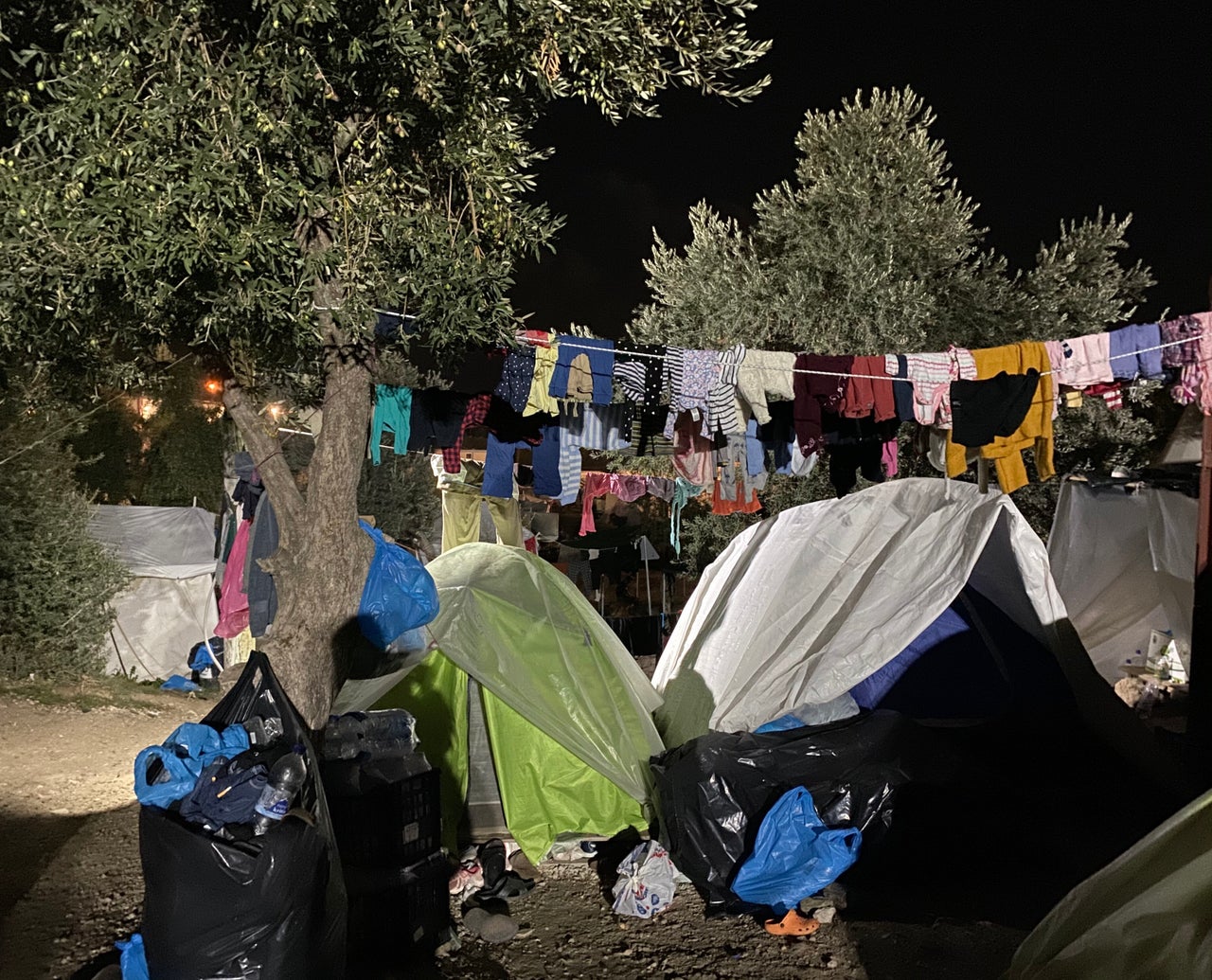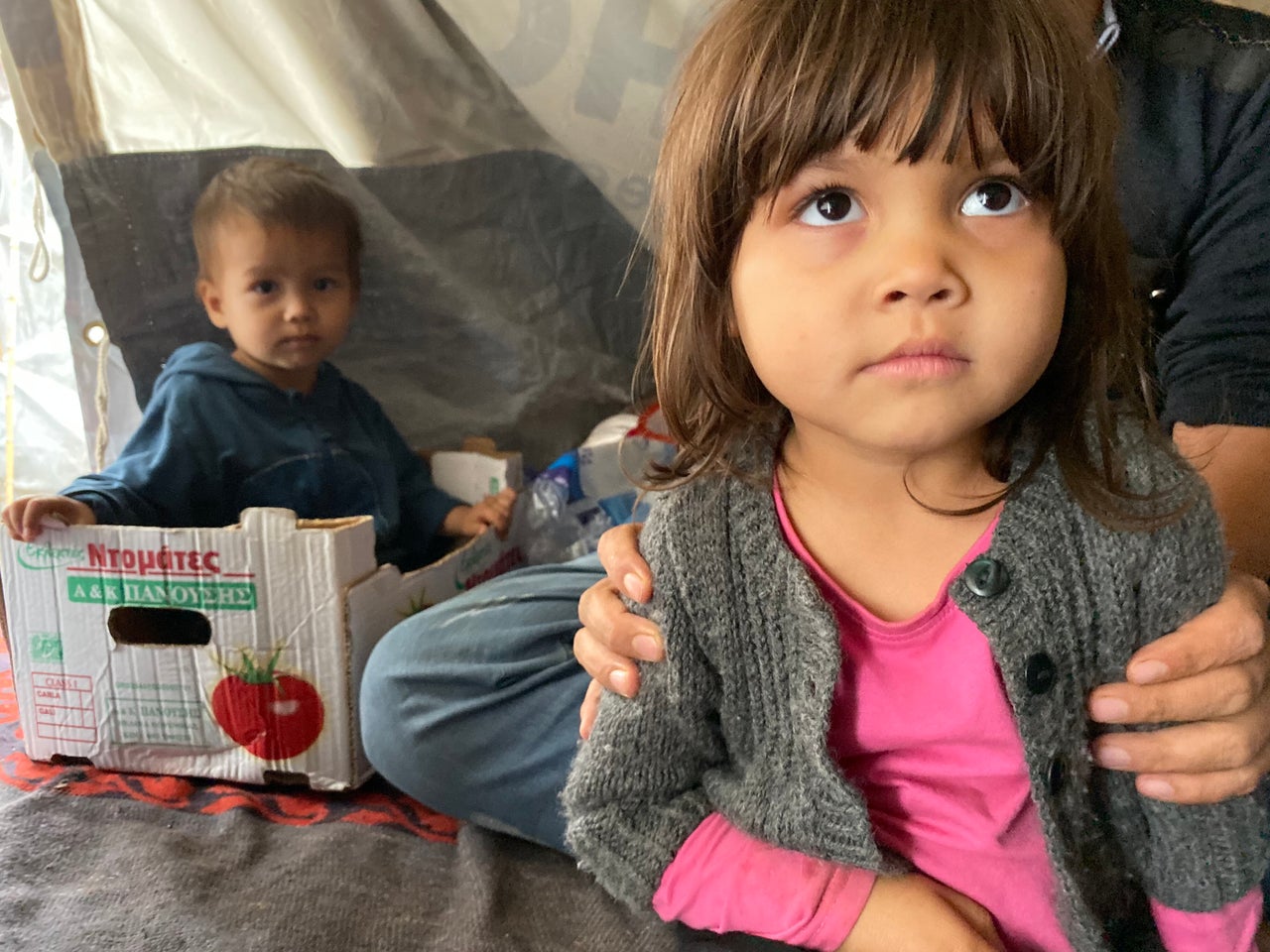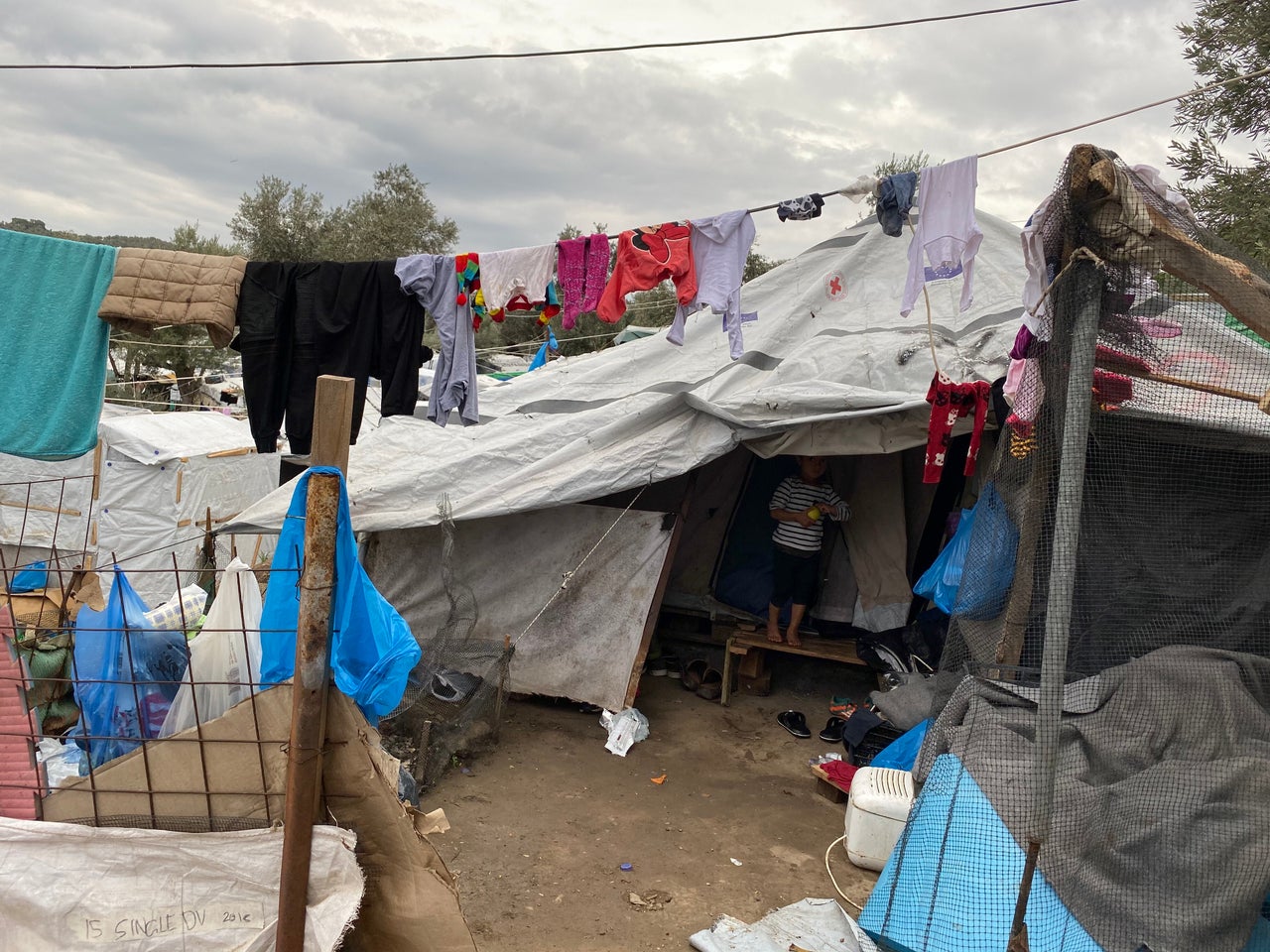The true number of child refugees being held in detention centres across Europe is being obscured by a lack of consistent data, analysis by Investigate Europe has uncovered, raising questions about the welfare of vulnerable minors.
Children of all ages are held – some with their families, others alone - in centres with euphemistic names as ‘transit zones’ (Hungary), ‘safe zones’ or ‘protective custody’, (Greece), ’hotspots (Italy and Greece), ‘retention centres’, airport ‘waiting zones’ (France), or ‘family units’ (Norway), Investigate Europe (IE) can reveal.
These labels often disguise the fact children are kept in detention, and also allow for statistical gaps and omissions, that could leave children in danger.
Our journalists could find no commonly agreed methodology by EU nations to collect and store data on migrant children in detention.

If you’re not counted, you don’t count. Unicef’s Tsvetomira Bidart said: “Having quality and timely data on the situation of refugee and migrant children in immigration detention is key to give visibility and transparency to the implementation of national policies. It can help track progress, or on the contrary negative trends that require urgent attention.”
“Detention is any privation of liberty, no matter what the definition of a state.” Marta Gionco, Advocacy Officer for the Platform for International Cooperation for Undocumented Migrants (Picum) told IE, “So, children can be detained in airports, in hotspot, in border detention centres in pre-return centres.”
So how does the situation vary across other EU countries?

The UK
Other than on arrival or while waiting for deportation, the UK stopped detaining children in 2010, making it one of the best places for migrant children in Europe. However, there is a risk of them being misclassified as adults – “sadly a common problem” according to the UK Refugee Council – in a system that “leaves it to the child to prove that they’re children” according to James Simmonds Read, at The Children’s Society.
And while “there’s some really good practice in social care in places”, Simmonds says, this is not always the case, particularly where social services are stretched.
He’s seen cases of “aggressive litigating against children, even where there is a wealth of evidence for them to suggest that that person is a child.”
The UK Refugee Council has “evidence of poor decisions on age being made without sufficient reason” – concerns that have been reflected in the Age Disputes Project for 2018/9 where of 187 disputed cases, 158 were subsequently accepted as children.
“Every single child I’ve worked with who was in detention looks back on it as one of the worst times in their lives,” James Simmonds Read said.
“Often it was the experience they had when they first arrived into the country, when they thought they were going to be safe but in reality, felt in extreme danger”.
A Home Office spokesperson said: “Our age assessment process seeks to balance the need to ensure that children are given the support they need while preventing adults passing themselves off as children.”
“When there is doubt about an individual’s claim to be a child, they will be referred to social services for further assessment and treated as a child during this time.”
France
France has been condemned many times by the European Court of Human Rights for its practices of holding migrant children in detention.
In Mayotte, a French overseas territory in the Mozambique Chanel, there are around 2,500 children in migration-related detention, while in mainland France there were 275 children in the same year.
The Global Detention project describes the situation in which they find themselves on arrival in Mayotte, where there are: “exceptions in the application of immigration law, limiting procedural safeguards and leaving people vulnerable to abusive detention conditions.”

Greece
It’s Europe’s borders that are at the forefront of the migration crisis and countries not directly affected are reluctant to share the load. The Greek prime minister Kyriakos Mitsotakis expressed his frustration at the lack of response to a request made last year by his government: “We attempted to reach agreement with all EU states, saying ’for God’s sake, we are talking about 3,000 children... can they not be shared out among 27 countries so that Europe can show solidarity?” IE are still trying to find out how each country responded to that request.
The Greek island ‘hotspots’- overcrowded facilities where basic human rights are not respected – are places many migrant children call home. As of September 2019, 8,300 children, including 1,600 unaccompanied minors, were living often in sub-human conditions in camps in the five hotspots on the Aegean islands Lesvos, Leros, Kos, Samos, Chios. The European Court has repeatedly ruled against the detention of unaccompanied minors in Greece.
“A very closed place. It is a bomb ready to explode” is how Danae Papadopoulou, from Medecins sans Frontieres describes Moria, a camp on Lesbos that Investigate Europe journalists visited. A former military facility, the camp is surrounded by high, see-through fences with rolls of barbed wire on top. The main entrance has a gate and there is a police presence, but the gate is open. Beyond the gate is a road with fences on both sides. Residents in tents use the interior fence to dry clothes. When in the camp we spoke to six Afghan boys, aged from 15-17, who had been there for a month and a half since arriving together “on a rubber boat”, with around 40 other people.
As children with no family or guardian, they should have been put in the camp’s safe zone where minors live on their own and theoretically adults cannot enter. But the already overcrowded zone had no room. They should have been provided with tents. But there were no tents left to give to them, so they had to buy their own.
Life in the camp is tough for the boys, and the fear they live under is worse than they experienced when travelling from Afghanistan: “Crossing the borders happens for just a few hours, but we live here.”
“Where we live there is space for six tents. In four of them live minors and in the other two there are adults. One night the adults of the two tents got involved in a fight: some people came and attacked them with a knife. There was blood. We were hearing the shouts and the noise from the fight, and we didn’t go out of our tent because we were afraid” they told us.
So why is it like this, we asked Erik Marquart, MEP and Green spokesman on migration policy: “We have a situation where the EU Commission and the European Council speak of a good asylum policy when the number of people fleeing to Europe falls. By creating situations like those on the Greek islands, you buy yourself better statistics,” he said.

Hungary
There is a lot of secrecy around Hungary’s two transit zones – camps for migrants awaiting the result of their asylum application – journalists are not allowed in, and official data is hard to come by. Families with their children are amongst the migrants living here. And while they are free to leave in the direction of Serbia, by doing so they lose their right to asylum in the EU, making the transit zones practically places of detention.
At the height of the migrant crisis in 2015, Hungary built a fence – akin to Trump’s wall – on its border between Serbia and Croatia. Entry to the transit zones is limited resulting in the so-called ‘queue’ at the border. This is not an actual queue but people waiting, in makeshift camps for their turn to move to the transit zone.
Reza, a 17-year-old Iranian boy, has the dubious honour of currently being the only unaccompanied minor in the transit zones. He and his lawyer, Tímea Kovács, spoke to Investigate Europe by phone.
He has been in the camp for a year having arrived with his uncle and family who were granted protected status in Hungary. But authorities didn’t consider the family relationship strong enough for Reza to qualify as well, so they split him from his family (who left the transit zone), making him officially an ‘unaccompanied minor’. “It is hard here. I have been here in the transit zone for about a year, and nine months in this sector. Every morning I wake up and see the same things” he told us.
Then his asylum request was refused. This was strange, as he left Iran with his uncle and their story of fleeing the country was exactly the same – so if the uncle qualified for protected status, the nephew should have as well. And he’s far from the only child to be stuck in the camp: “If I go to the other sector, I see all the children there, why do they have to be here? All the small children, this place will be in their memory forever, and it will be so sad for them later. Why is the immigration office doing all this to us?”
Erik Marquart has his own view: “European policy aims to make the external border as badly managed as possible so that people love to stay in war zones, rather than come.”
Investigate Europe is a team of journalists from nine countries who jointly research topics of European relevance. The project is supported by German Schöpflin Foundation, Rudolf Augstein Foundation, Hübner & Kennedy Foundation, Norwegian Fritt-Ord Foundation, Open Society Initiative for Europe, Portuguese Gulbenkian Foundation, Italian Cariplo Foundation and private donors. Media partners for the investigation on minor migrants in detention include “Der Tagesspiegel”, “Diário de Noticias”, “Il Fatto Quotidiano”, “Der Falter”, “Klassekampen” and “Newsweek Polska”. Besides the author (Juliet Ferguson), Wojciech Ciesla, Ingeborg Eliassen, Anita Komuves, Nikolas Leontopoulos, Maria Maggiore, Stavros Malichudis, Leila Minano, Paulo Pena, Nico Schmidt, Harald Schumann and Elisa Simantke have contributed to this investigation.
